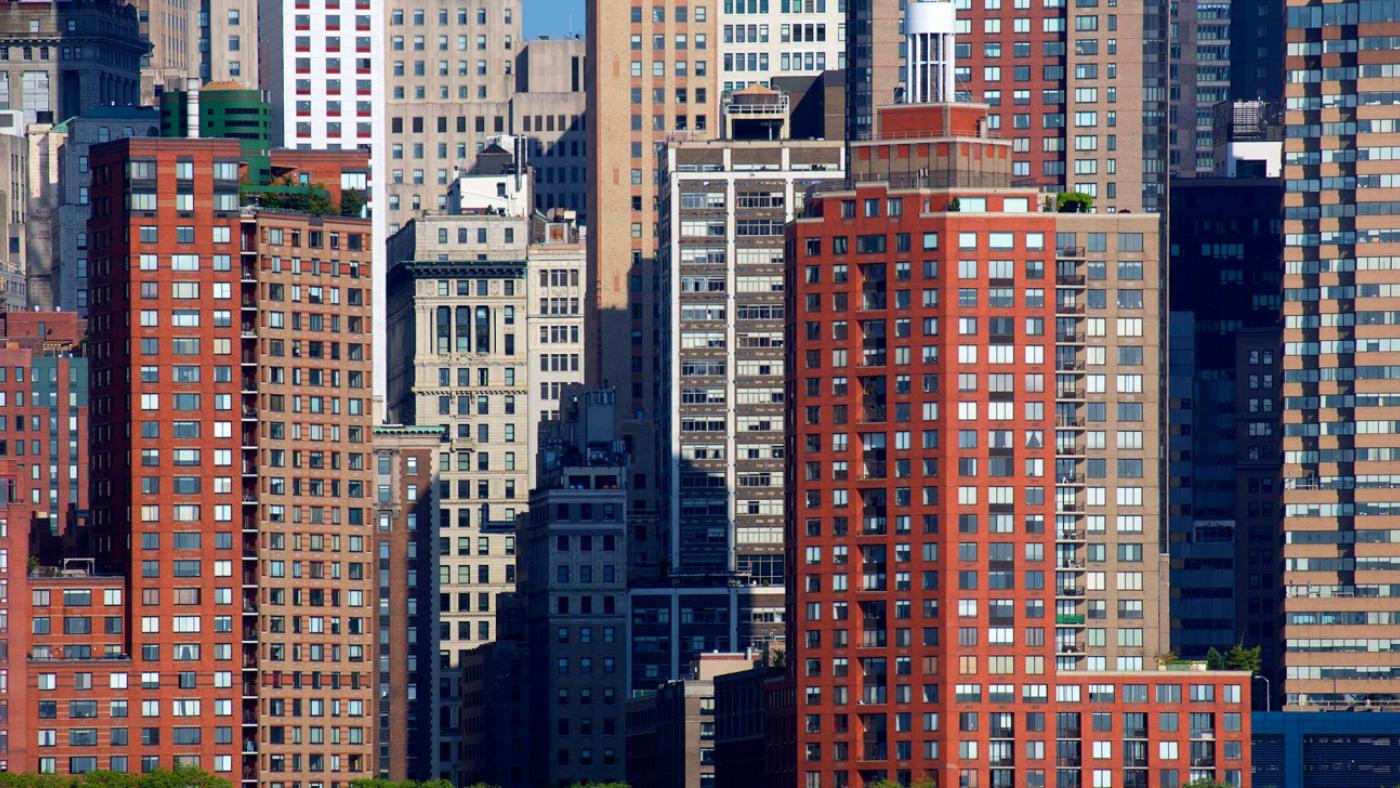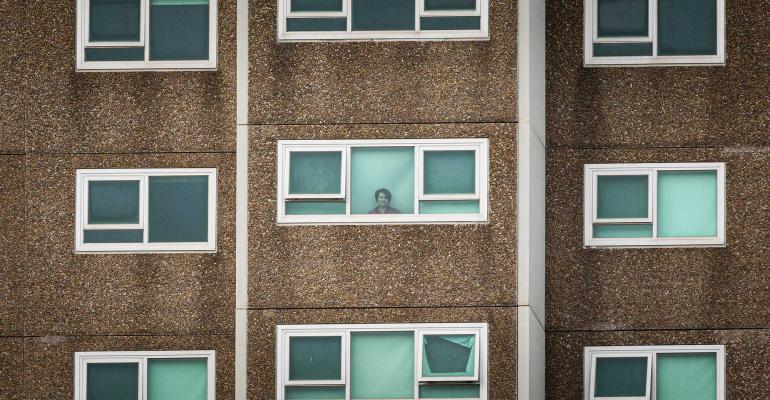As part of this year’s survey, NREI included a series of questions to gauge the effects of the COVID-19 pandemic and what multifamily stakeholders think needs to be done to help support renters going forward.
Survey results show a mean 88 percent of rents were collected from April through June, with respondents forecasting they will collect 89 percent of rents from July through December. Notably, those figures are lower than the results from the National Multifamily Housing Council’s (NMHC) Rent Payment Tracker, which has monitored monthly rent collections at more than 11 million apartment units at professionally-managed properties across the country.
According to NMHC’s figures, owners at those properties collected between 94.6 percent and 95.7 percent of rents in the months of April, May, June and July. For the most recent month, NMHC’s tracker showed that 90.0 percent of rents had been collected as of August 20.
Still, given the overall level of national unemployment that has resulted from the COVID-19 economic shock, observers initially expected a worse hit for apartments. Even at 88 percent, the level of rent collection is far higher than, for example, what retail owners have been able to collect in recent months.
The CARES Act that Congress enacted and President Trump signed into law in late March softened the blow and enabled many renters to stay current. The act allowed unemployed workers that previously would not have qualified (including freelancers and gig workers) to collect state and federal benefits. In addition, the $600-per-week in extended unemployment insurance from the federal government was an effective salve. Those payments expired at the end of July, however.
President Trump signed a memorandum in early August to allow for Federal Emergency Management Agency funds to be used for $300 weekly payments for a limited time. As of August 27, most states were in the process of applying for those funds, although experts estimate they will only cover up to five weeks of payments before the money is exhausted. So ultimately it will be up to Congress to implement anything for the longer term.
The relative strength of the sector is reflected in respondents’ rankings of outlooks by property type.
On a scale of 1 to 10, multifamily tied with industrial as the most attractive for current investment with a mean score of 7.3. Data centers and single-family rentals followed closely at 6.9, while self-storage and medical office also rated high at 6.3. Those sectors that are viewed less favorably include seniors housing at 5.8, student housing at 4.6, office at 4.1, retail at 3.3 and hotels at 3.2.
Results show that the attractiveness ratings have dropped for each property type in the wake of the pandemic, and multifamily is no exception. Although still a top-rated sector, views of multifamily are more tempered compared to survey results for each of the last six years, when mean scores ranged between 7.7 and 8.0.
“For now, multifamily is holding up relatively well. The interesting question is what happens moving forward,” says Ryan Severino, CFA, chief economist at JLL. “The longer they do without a replacement and the lower the amount approved—assuming a package gets approved—the more that could jeopardize the ability of tenants to pay rent, especially in lower-quality apartments.”
An overwhelming majority of respondents (82 percent) said that at least a portion of tenants had requested rent relief. However, most (61 percent) said that less than one quarter of tenants had requested some form of relief. Among respondents who had received rent relief requests, 87 percent had granted at least some level of relief.
When asked which governmental measures respondents would support going forward as most beneficial for the multifamily sector, extending the duration of unemployment benefits rated the highest at 62 percent, followed by extending the amount of money people can collect in unemployment benefits at 47 percent and forbearance periods at 38 percent. Those programs that rated less favorably included Federal Reserve-backed measures at 29 percent, eviction moratoriums at 18 percent and rent freezes at 13 percent.
“Any government unemployment help is best,” agrees Barbara Byrne Denham, senior economist at Moody’s Analytics REIS. Even in metros where cases are declining, as they are in many parts of the U.S., they remain vulnerable to setbacks if the reopening moves too quickly, she says. Businesses that are not open, or not operating at full capacity, continue to weigh on unemployment. For example, July employment for the leisure and hospitality was still down 26 percent compared to February, which represents 4.3 million lost jobs. “These employees need government help to pay their rent and mortgage,” she says.
There is still a lot of uncertainty around what is going to happen to fundamentals if the programs are not renewed.
“I would expect to see a dip in rent payments, but not in occupancy,” says Sebastian. One exception where there are likely to be bigger declines in occupancies over the next 12 months is in major cities. “I think you’re going to see some situations, such as New York City, where occupancies are going to decline and stay depressed for a while,” says Sebastian.


